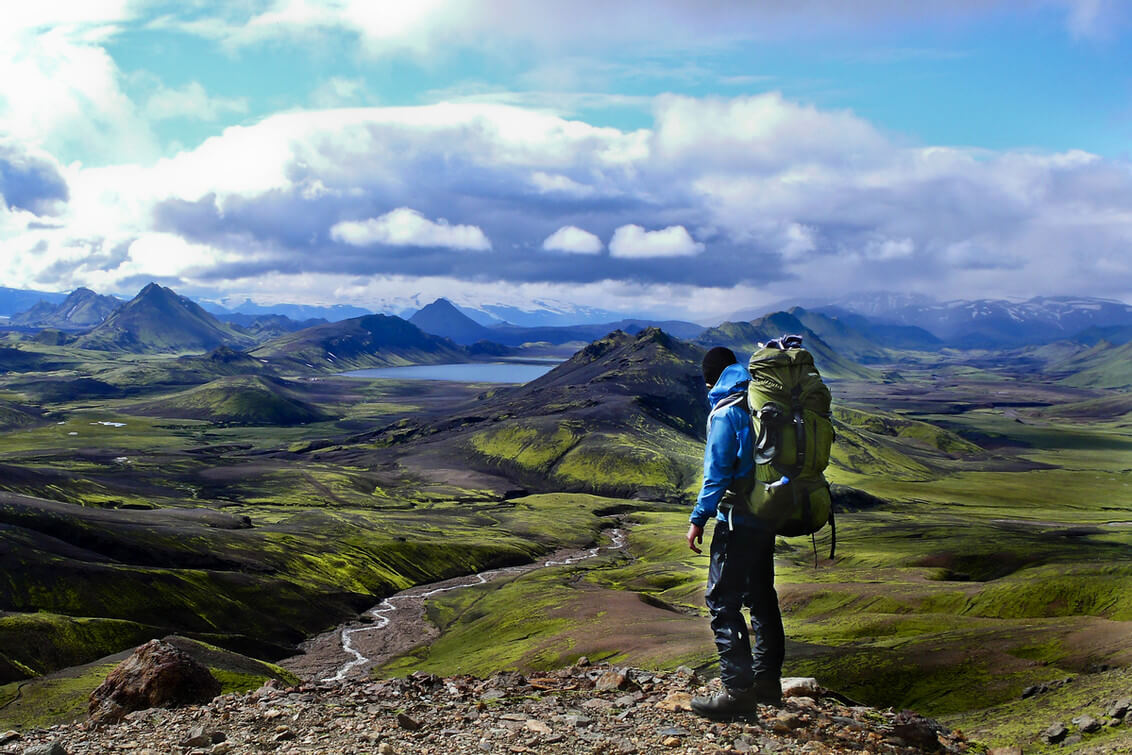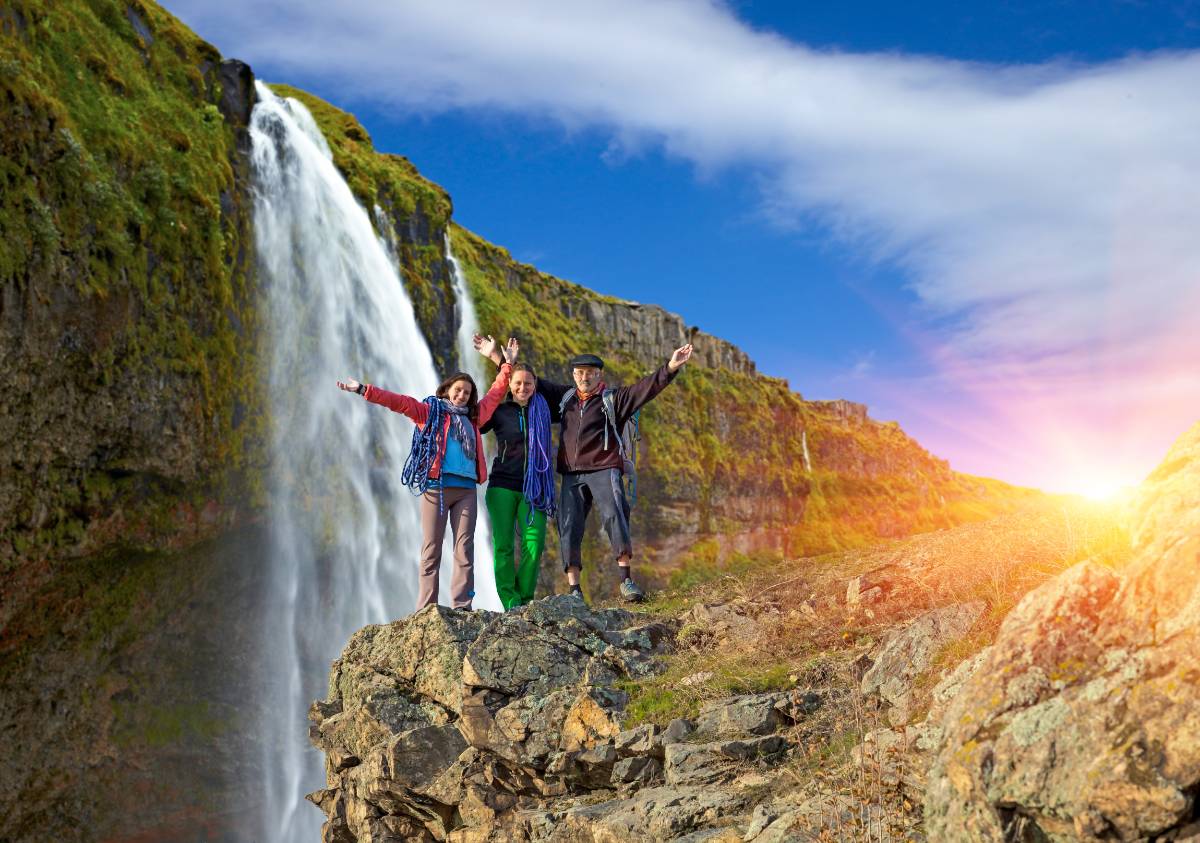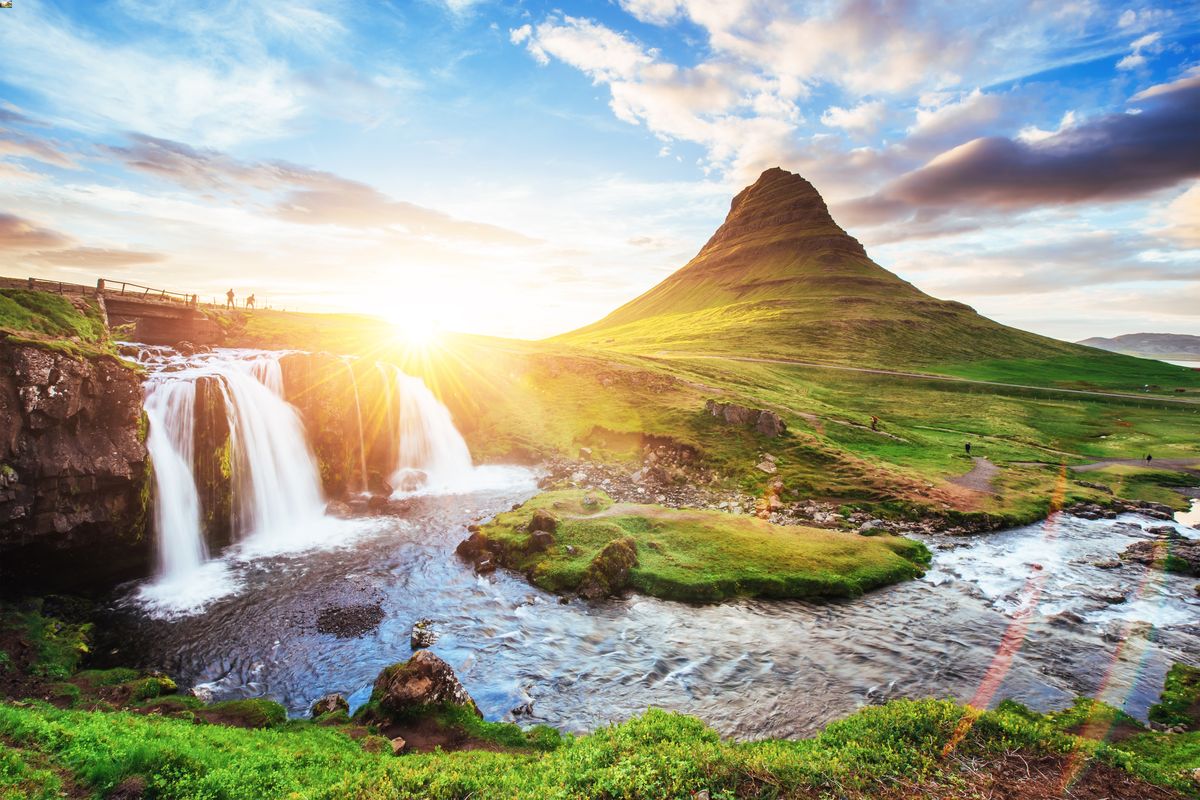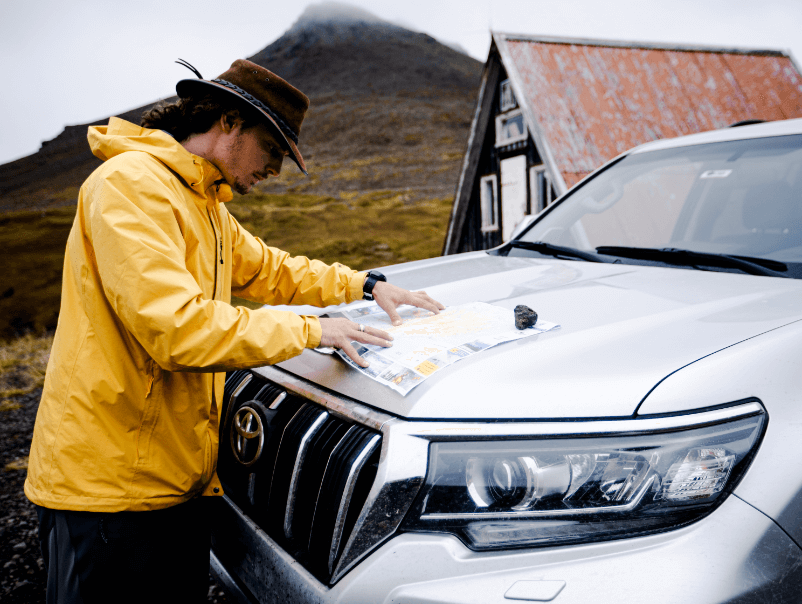So, you’re trying to figure out the best time to visit Iceland? Fair. The internet’s full of copy-paste answers and weather charts pretending to be helpful. Let us save you the scroll.
May, June, and September are some of the top months if you ask us. Not too cold, not too chaotic. You get long days, open roads, and surprisingly decent weather. Plus, campsites aren’t overrun, gas stations aren’t war zones, and you can actually hear the waterfall without someone livestreaming it.
If you're in a campervan, those months just work. It's Iceland’s best version of balance. Sunlight, scenery, and sanity. The rest? Keep reading.
When to Visit Iceland for Fewer Tourists and Quiet Campsites
If you’re wondering when to go to Iceland without sharing every waterfall with a busload of tourists, here’s your answer. Late April, early May, and late September are your best bets! The weather isn’t brutal, the roads are decent, and you can actually hear yourself think at the Golden Circle.
Campsites? Peaceful. No midnight door slams or queues for the shower. Just space, silence, and a view that makes you forget your inbox exists.
Here’s what else you get by skipping the peak rush:
- Easy parking - No wrestling with caravans or dodging squads. You just pull in, park, and enjoy.
- Stress-free travel - Open roads, no tailgaters, and all the time in the world to stop where it smells like sulfur or looks like Mars.
- Authentic experience - You’re not just ticking off landmarks. You’re feeling the place quietly, without elbowing your way to a photo spot.
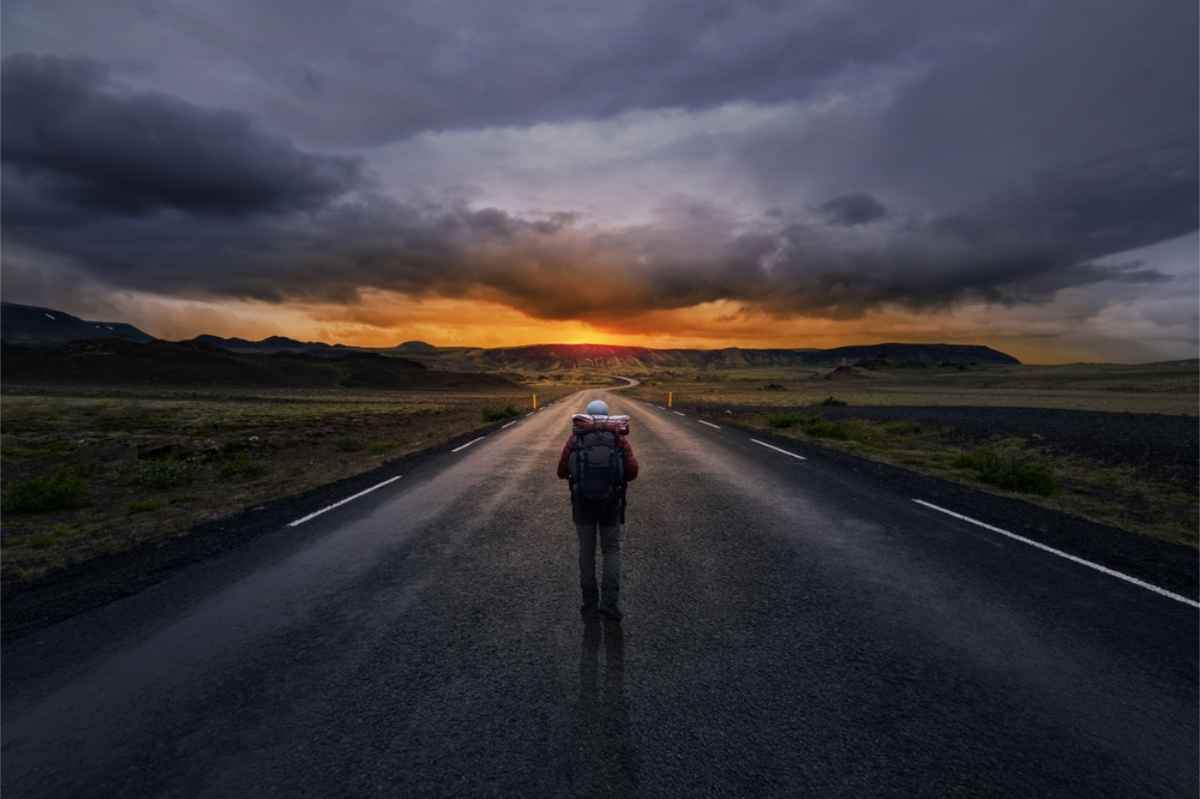
Best Months for Warm Weather and Open Roads
Let’s not beat around the bush. If you want the easiest ride, the greenest landscapes, and the most daylight humanly possible, summer is the best time of year to go to Iceland. June, July, and August are when the island rolls out the red carpet. You get mild temps, clear roads, and sunsets that never fully commit.
Everything’s open. Everything’s accessible. Everything’s busy.
During this golden window:
- Full Highland access - The F-roads finally open up, so you can reach places like Landmannalaugar or Askja, for example. These roads are usually closed from September to June, yet closing or opening dates depends solely on the weather.
- All campgrounds available - From coastal hideaways to mountain basecamps, every site is unlocked and waiting. No wild goose chases for somewhere to crash.
- Extended daylight - Midnight Sun means sunlight well past bedtime. You’ll get nearly 24 hours of daylight. Bring an eye sleep cap.
But brace yourself for a few side effects:
- Busy roads - The Ring Road turns into a moving photo op. Expect brake lights at waterfalls and drone zones at viewpoints.
- Bugs - Lake Mývatn turns into a midge nest. Don’t forget insect repellent.
So you get a general idea of what to expect of Iceland's weather, here's a table with year-round weather averages:
| Month | Avg. High (°C) | Avg. Low (°C) | Daylight Hours |
|---|---|---|---|
| January | 1 | -3 | 4–7 hours |
| February | 2 | -2 | 7–10 hours |
| March | 3 | -2 | 10–13 hours |
| April | 6 | 0 | 13–16 hours |
| May | 10 | 4 | 16–20 hours |
| June | 12 | 8 | 20–24 hours (Midnight Sun) |
| July | 14 | 9 | 18–21 hours |
| August | 13 | 8 | 15–18 hours |
| September | 10 | 5 | 12–14 hours |
| October | 6 | 2 | 8–11 hours |
| November | 3 | -1 | 5–8 hours |
| December | 1 | -3 | 4–5 hours |
Cheapest Time to Travel Iceland by Campervan
Looking for the best month to visit Iceland without torching your savings? Aim for winter. November through March is when Iceland takes a deep breath, drops the prices, and hands you the keys to a quieter, colder version of the island. It’s cold, sure. But if you’re in one of our heated campers with snow outside and zero people at Gullfoss, you’re doing it right.
Here’s what makes winter a win for your wallet:
- Lowest rental rates - Campervan prices can drop by up to 50 percent. Basic models? Dirt cheap. Iceland on a budget suddenly feels doable.
- Cheaper flights - Skip the December holiday spike and you’ll find airfare that doesn’t feel like theft.
- Empty attractions - Waterfalls, glaciers, and lagoons with no queuing, no shouting, no Instagram shoots. Just space and silence.
Essential stuff to know before you go:
- Campgrounds - Many stay open year-round, but expect fewer frills. Showers might be cold. You won’t be.
- Heating and gear - Rent a camper with heating and studded tires. Bring layers, sleeping bags, and backup everything.
- Roads - Stick to the Ring Road and check Umferdin.is like it’s your religion. Umferdin is your go-to guide for checking whether the Highlands are open or closed.
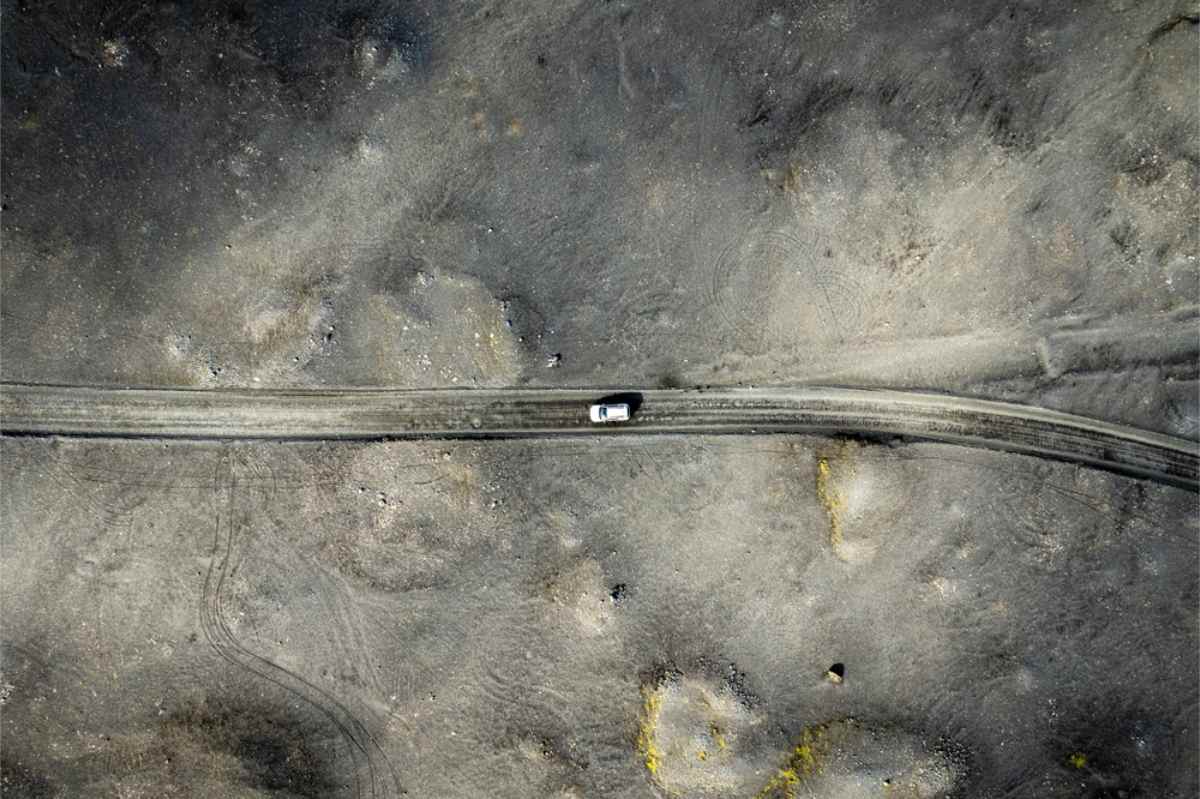
Best Time to See the Northern Lights in Iceland
If spotting the aurora is on your list, the best time of year to visit Iceland is between mid-September and mid-April. That’s when darkness wins. The skies stretch long, the tourists thin out, and the Northern Lights start showing off. October and March hit the sweet spot with skies with more geomagnetic activity and less face-numbing cold. September gives you a last taste of autumn before winter fully moves in.
Still think you need a hotel for this? Wrong. Here’s why campers rule:
Why Campervans Are Ideal for Aurora Hunting
- Chase the clear skies - If clouds kill your view, you’re not stuck. Just drive until the stars show up. That flexibility is crucial in unpredictable Icelandic weather.
- Stay comfortable - Heated and insulated, your camper becomes an aurora hideout. No frozen toes. No frostbite selfies.
Tips for Finding Dark, Quiet Campsites
- Avoid city light pollution - Camp out near Thingvellir, Skaftafell, or Skogafoss. These spots bring the dark skies without the hotel bills.
- Use aurora and cloud forecasts - Check the apps like Vedur.is. Then, drive toward the KP index. Aim for 3 or higher and clear skies.
- Seek secluded sites - Places like Snæfellsnes, Melrakkaslétta, or near Lake Mývatn are far from light pollution.
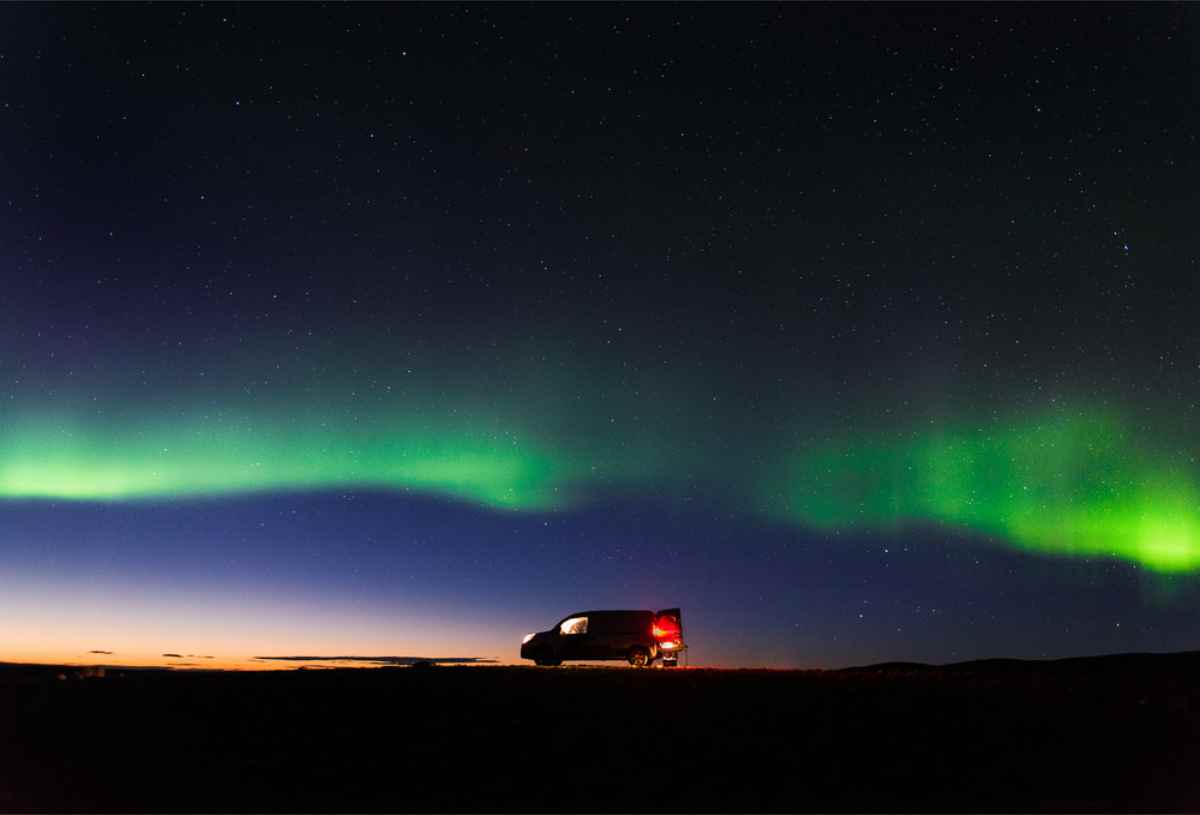
Best Time for Whale Watching from the Road
The best time to go to Iceland for whale watching is from June to August. That’s when the giants show up in full force, especially in the north. Húsavík is basically the whale capital, and Dalvík gives it a good run for its money. Even Reykjavík joins the party, though the sightings aren’t quite as dramatic.
Traveling during these summer months? Here’s what makes it worth the drive:
- Consistent sightings - Humpbacks show up often. Minke whales, too. You might even catch a blue whale if luck’s on your side.
- Better driving conditions - Roads up north, like the Diamond Circle, are clear and smooth. No snowbanks. No drama. Just you and endless views.
- Easy overnight stays - Campgrounds near Húsavík and Akureyri are well-equipped and basically walkable from the tour operators.
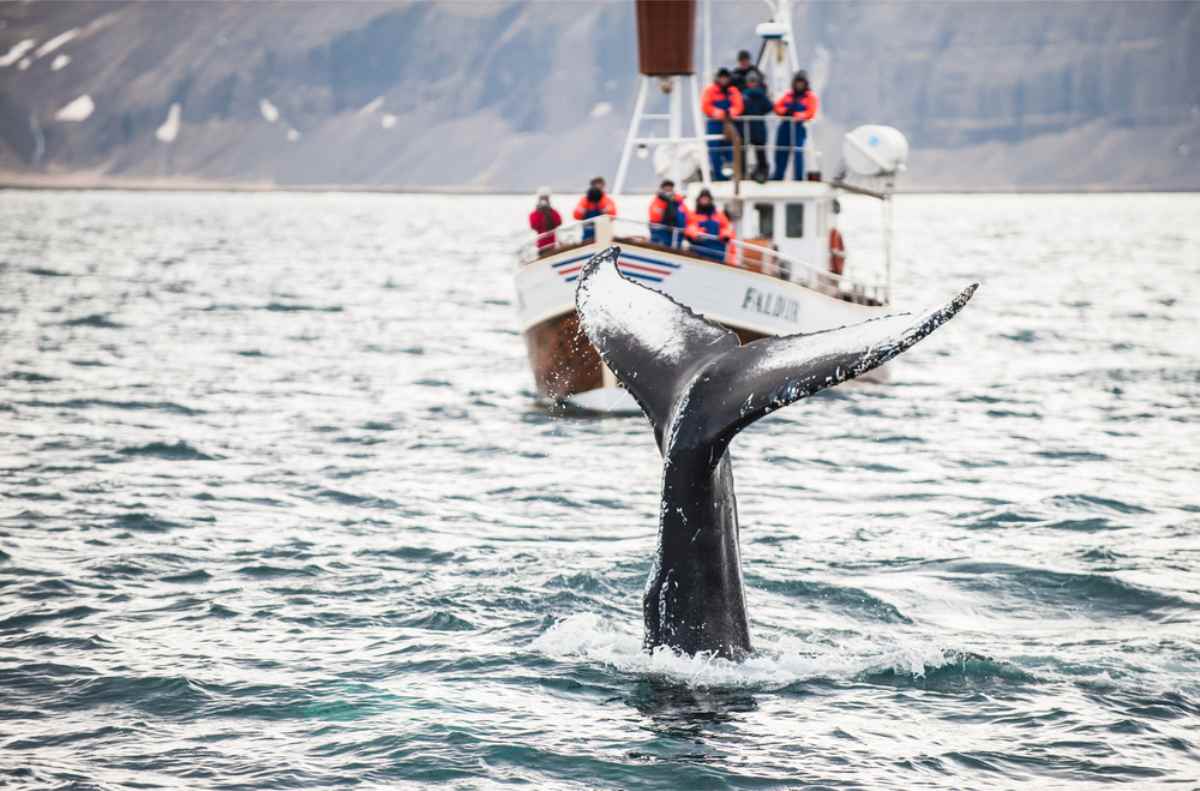
Best time for puffin watching
Just like whales, puffins are one of the most famous visitors here in Iceland and one of our most beloved birds. If you want to meet them, know that the best time for puffin watching is from May to mid-August, when over a million puffins settle on the island's cliffs to nest.
Need some road-trip friendly puffin spots? head to:
- Dyrhólaey: just off the Ring Road in the south coast, with dramatic views and loads of puffins.
- Borgarfjörður Eystri: remote (in the east), magical, and home to a puffin hideout with a viewing platform just steps away.
- Látrabjarg cliffs: it’s a longer drive as it is located in the Westfjords, but it’s also puffin paradise.
Then, you have the Westman Islands, one of the best places to spot these cute birds. Now, you do need a ferry to cross from mainland Iceland to the Vestmannaeyjar achipelago.
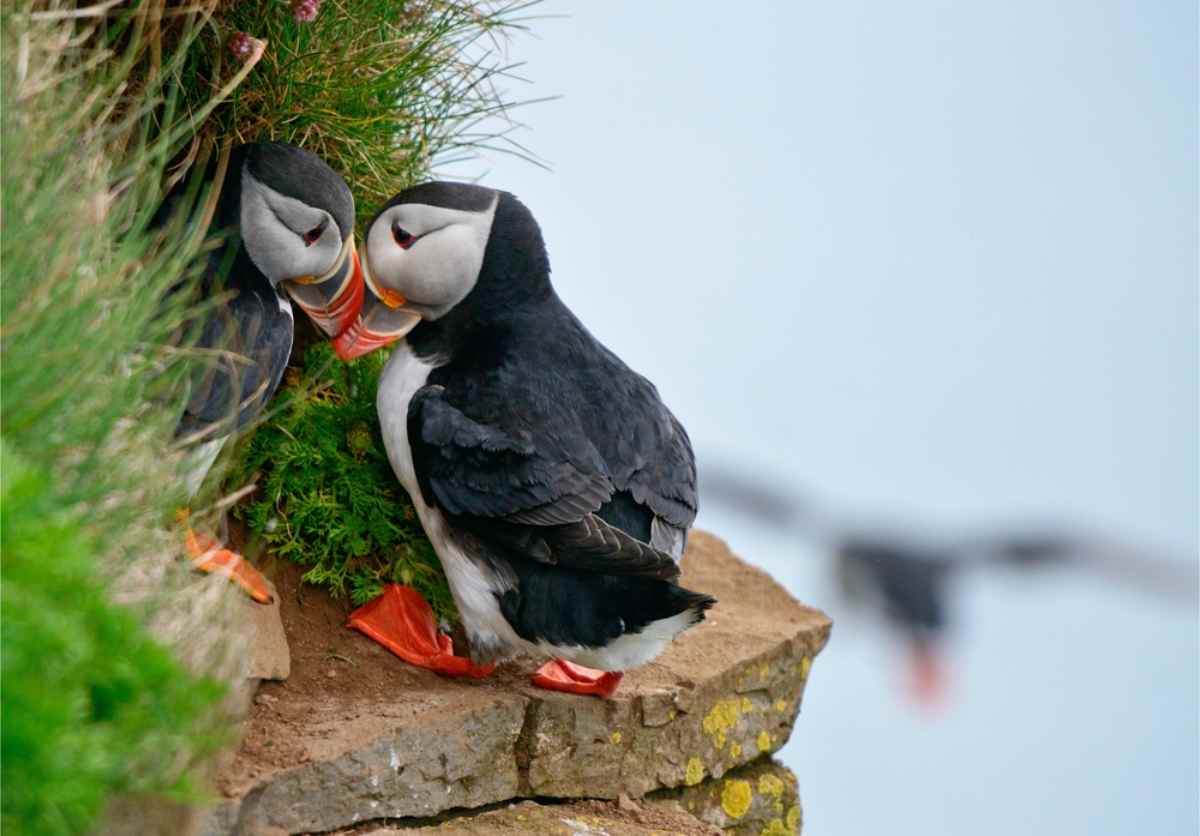
Best Time for Hiking in Iceland
If you're coming to Iceland for hiking, the sweet spot is between late June and early September. That’s when the highland trails are open, the rivers are crossable, and the landscapes? Absolutely out of this world.
With a campervan in Iceland, you’re free to chase the trails that call your name. Some of the most epic hikes are just a drive away:
- Landmannalaugar – A rhyolite wonderland in the Highlands, reachable by 4x4, where the famous Laugavegur trail begins.
- Fimmvörðuháls – Between two glaciers and dotted with waterfalls. Park at Skógar or Þórsmörk and hike through fire and ice.
- Glymur Waterfall – Iceland’s second highest waterfall, just an hour from Reykjavík and perfect for a scenic half-day hike.
So lace up, fuel up, and get ready to explore Iceland one unforgettable step at a time. The open road is your trailhead!
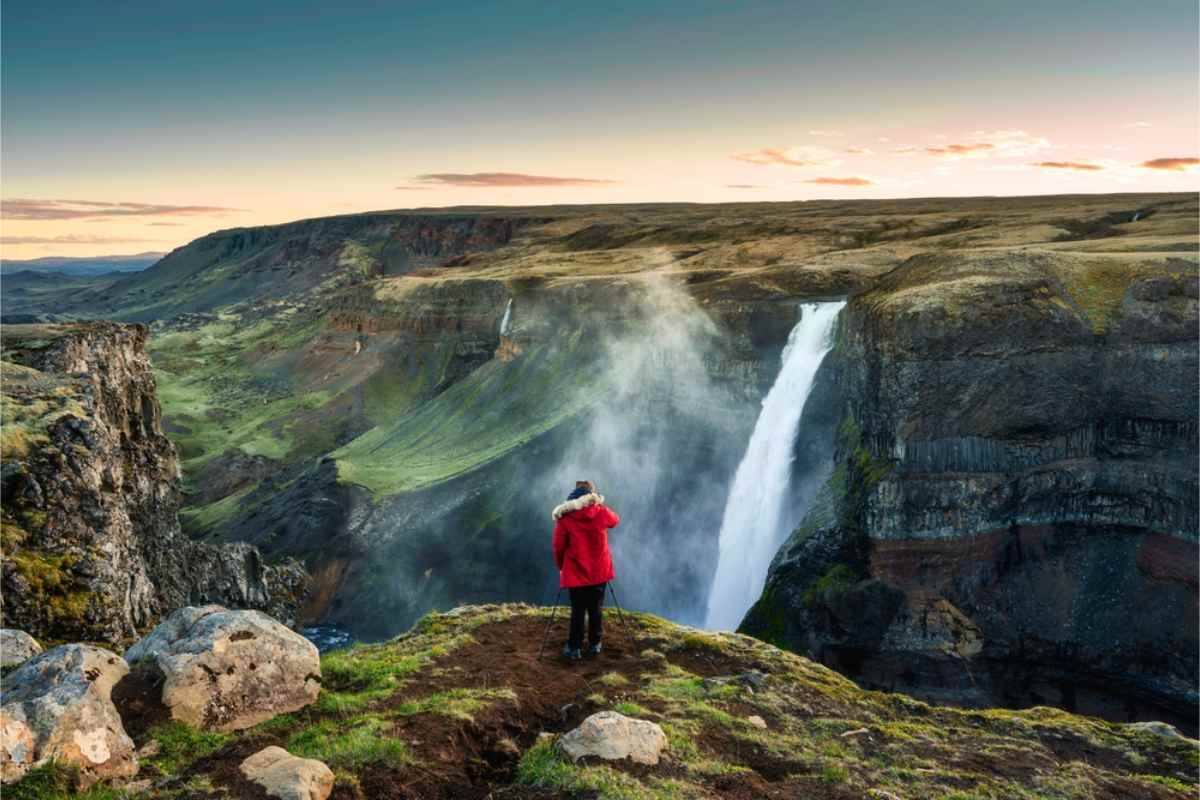
Best time for other seasonal events
| Month | Main Events |
|---|---|
| February | Winter Lights Festival and Food & Fun Festival |
| June | Viking Festival in Hafnarfjörður and National Day |
| August | Reykjavík Pride and Culture Night |
| December | Christmas Markets and Spectacular Fireworks |
Best Time to Soak in Iceland’s Hot Springs
You can soak any time of year. That’s the magic. But if we’re talking peak experience, the best time to travel to Iceland for hot springs is winter, November through March. Snow’s on the ground, the sky’s pitch black by dinner, and you’re half-submerged in hot water watching steam curl into the freezing air. If the aurora shows up, too, well, then that’s just damn fabulous.
Here’s the trade-off between spring types:
Remote vs. Commercial Springs
- Remote springs - Places like Reykjadalur or Hrunalaug give you that wild, untouched vibe. No changing rooms, no lockers, sometimes no one else in sight. Getting there in winter might involve icy trails or rough roads, but the silence is worth it.
- Commercial springs - Blue Lagoon and Sky Lagoon are polished, warm, and Instagram-ready. No hiking, no guessing. Also, no escaping the crowd (unless you come in the lowest of the low season). Pick your priority.
Campervan Advantages: Early & Late Visits
- Beat the rush - Pull in before sunrise or hang back after dinner. You’ll get the place to yourself while everyone else is on a schedule.
- Park close - Overnight near a spring and wake up for a dawn dip or unwind right before bed. It doesn’t get more relaxed than that.
- Stay flexible - If the weather shifts, so do you. Just drive to clearer skies and a quieter soak. Your schedule, your hot spring.
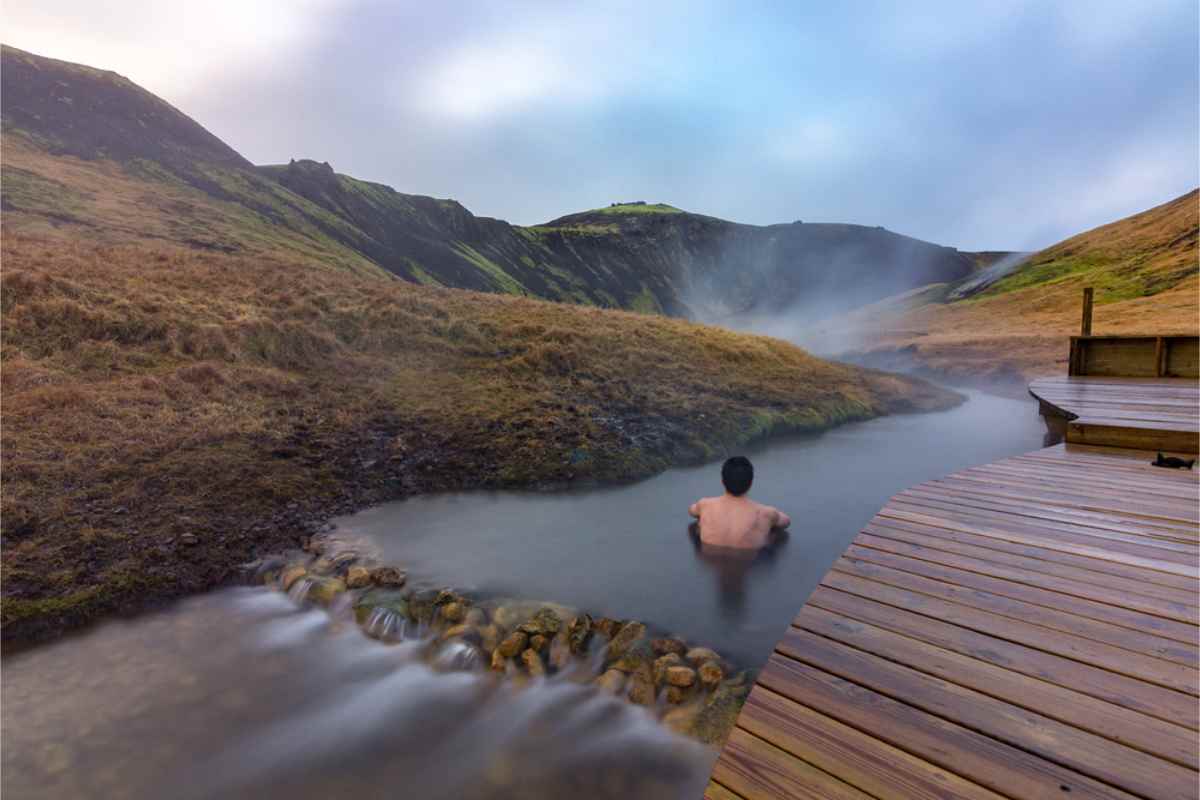
Worst Time to Visit Iceland (If You’re Not Prepared)
So, is there a worst time to visit Iceland? Yeah. Kind of. If you come in January, February, or April with big summer energy and zero prep, Iceland will humble you fast. Winter hits hardest in Jan and Feb with temps hovering around -2°C to 2°C (28–36°F), but wind chill? That’s the real villain. April pretends to be spring, then throws sleet at your windshield just to keep things interesting.
Here’s what you’re up against:
- Powerful storms - Sudden blizzards can shut roads down and wipe entire plans off the map.
- Short daylight - With only 4 to 7 hours of light, your sightseeing window is tight. Plan smart or end up driving in the dark.
- Unstable roads - Icy mornings, slushy afternoons, and slippery curves outside Reykjavik make things interesting in all the wrong ways.
That said, if you’re ready for it, you’re in for something special. All our campervans come insulated, fitted with high-end fiberglass tents, and we throw in winter tires for free. Check the road reports, stay flexible, and bring your sense of humor. You’ll get solitude, surreal winter landscapes, and skies that occasionally explode in green.
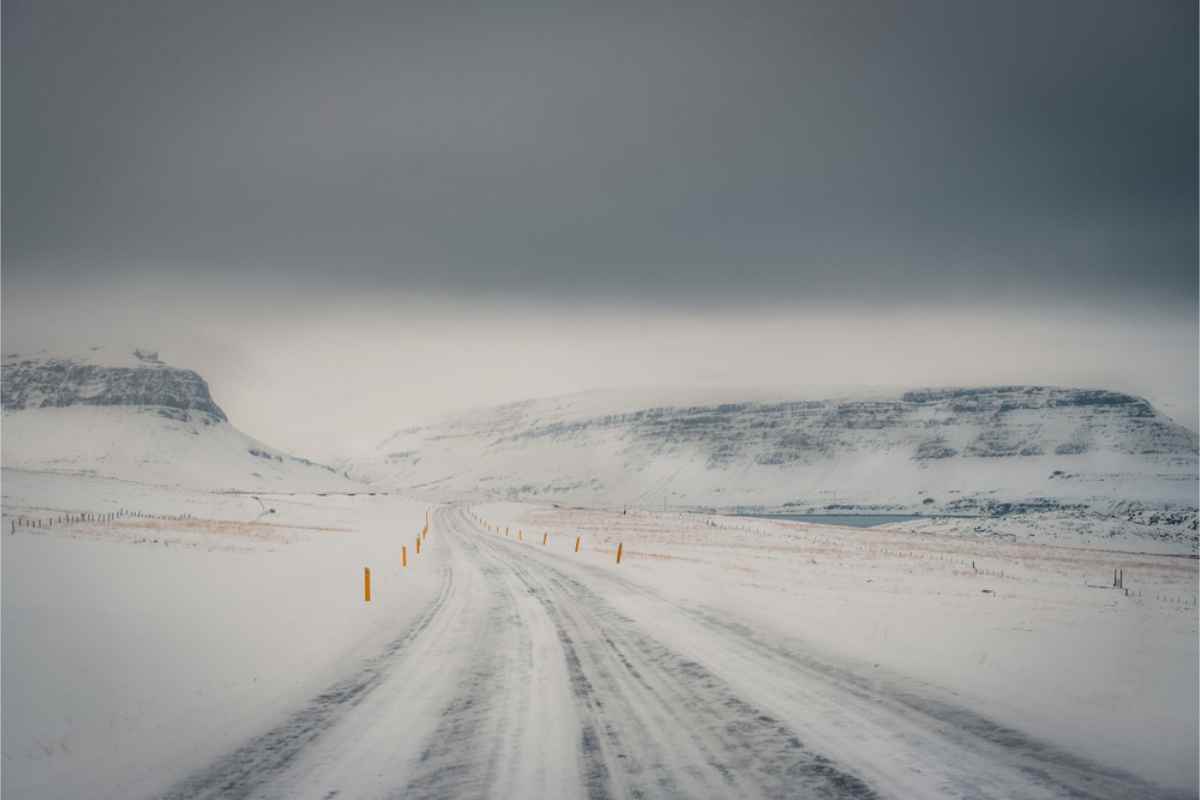
Campervan Recommendations by Season
Want the secret to a smooth trip? Don’t just guess when to go. Pick the right van for the season, too. If you plan to rent a camper in Iceland, make sure your ride fits the weather, the roads, and your sanity level. Here’s what works and when.
Summer (June to August)
- Campervan Fun Auto - Seats and sleeps 3. Automatic. Spacious inside, perfect for longer road days and camp cookouts.
- Campervan 4x4 California Beach - Sleeps 4, seats 5. You get 4WD without giving up comfort. Comes with a pop-up roof and heating.
- Campervan Play Max (automatic) - Great for couples. Fuel-friendly, cozy, and the heating works when you’re plugged in.
Spring & Fall (May, September, October)
- Dacia Duster 4x4 Roof Tent - Roof sleeping with mountain views. Just don’t expect tropical vibes at night in September.
- Jeep Renegade 4xe Roof Tent - Handles rougher roads, hybrid power, and comes with all the camping gear to keep you sorted.
Winter (November to March)
- Campervan 4x4 Hilux (automatic or manual) - Built for snow, ice, and frozen mornings. Sleeps up to 4. You’ll stay warm.
- Campervan Fun Auto + - Dual heating system. Efficient. Great for two to three people who don’t want to risk frostbite.
- Campervan XL (manual) - Big group? This is your tank. Sleeps 5, drives like a motorhome. Winter tires included.
All-Year Favorites
- Campervan Play (manual) - Compact, easy to park, budget-friendly. Ideal for couples sticking to the Ring Road.
- Campervan Fun ECO - Simple, sturdy, and comes with an automatic heating system. Solid year-round option for small groups.
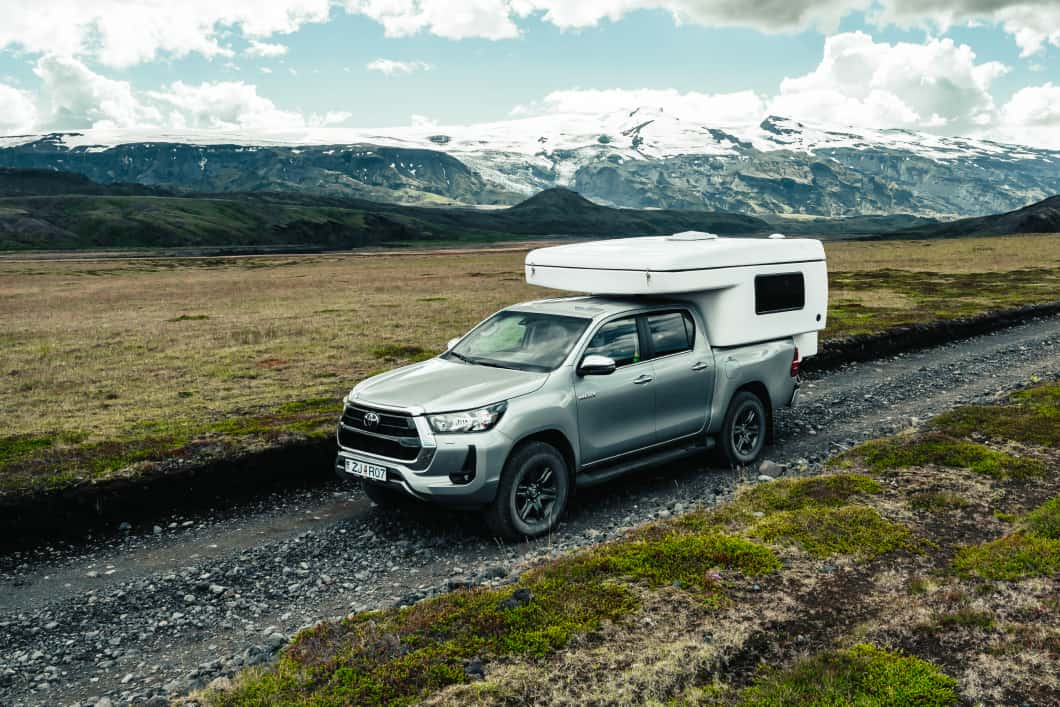
The Best Time to Visit Iceland Is When You’re Ready
So, when’s the best time to visit Iceland? That depends. Want long hikes and endless light? Go in the summer. Chasing auroras and silence? Winter’s your friend. After savings or space? Spring and fall win.
Every season brings its own quirks and charm. You just have to decide what matters most. Cold toes or crowded campsites. Midnight sun or snowy solitude. You can’t have it all, but you can have the right camper.
Ours come ready for whatever season you pick. Heated, road-tested, and amazingly cozy. Check out the fleet and start planning before someone else grabs your dream van.


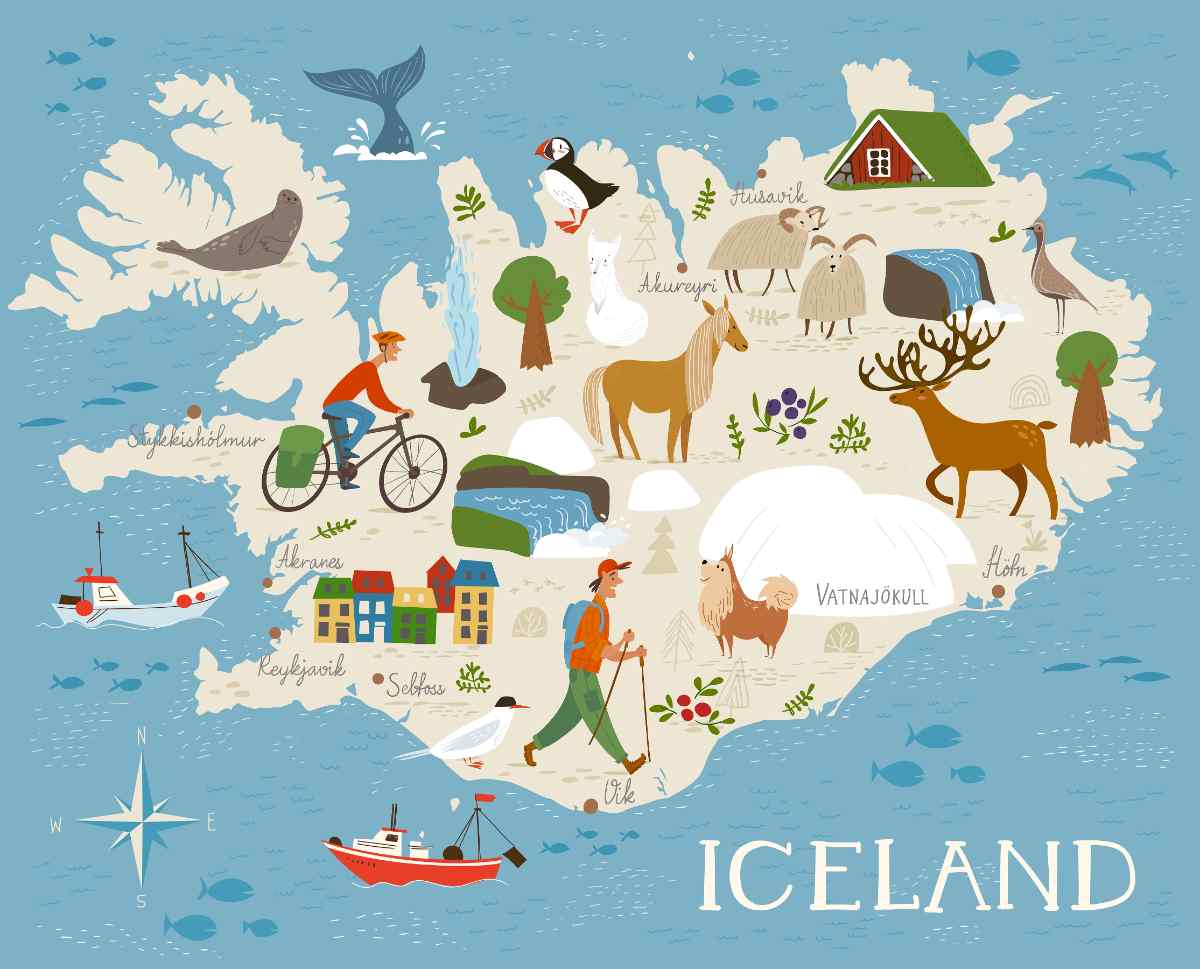
 By
By 
